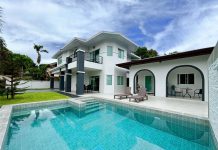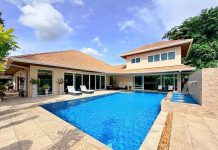Luxury, location and even a glamorous ‘name’ designer are no longer enough to assure a hotel or resort of success, according to a recent roundtable summit of some of Asia’s top hotel designers, branding experts, and senior hotel executives in Hong Kong.
Rather, time and space, as well as seamless and intelligent design concepts that flow through an entire property, a strong sense of place and an authentic flavour of the locale, community and culture are the new luxuries Asia’s growing army of discerning upscale travellers demand.
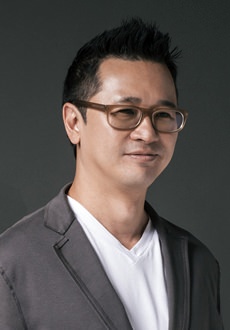 Clint Nagata, Creative Director, BLINK Design Group.
Clint Nagata, Creative Director, BLINK Design Group.
The roundtable’s convenor, BLINK Design Group creative director and founder Clint Nagata, said his firm was increasingly aiming to instill ‘a sense of timelessness’ in the designs carried out in key gateway cities and resorts in Asia for leading luxury brands like Conrad, Jumeirah, Hilton, Sheraton and Regent.
“A property really needs to pursue a sense of timelessness,” Mr. Nagata said. “It’s all well and good for older hotels to draw on the conventions of their past for a sense of luxury, but they need to be relevant to the here and now.
“It is important for design concepts to stand the test of time. Very often we see new hotels that are decent enough, but they will cease to be relevant in the next three to five years.”
The roundtable was convened during the recent HICAP (Hotel Investment Conference Asia Pacific), the region’s pre-eminent hotel investment conference held at the InterContinental Hong Kong, where for over two decades the who’s who of hospitality’s decision makers, movers and shakers and heavyweight pundits have gathered.
The BLINK roundtable on the future of luxury hospitality design is set to become an annual by-invitation-only event, after the inaugural session generated praise from its participants and saw frank and open debate on where luxury was heading in terms of Asian hotels.
BLINK Chief Marketing Officer Howard Wolff, as moderator, kicked off the roundtable discussion by challenging participants to quantify the value of good design.
“We know that design can have an impact on a hotel’s top and bottom line. Design is so integral to the success of a project that you can’t be profitable operating a poorly planned property. What I’m curious about is how hoteliers go about measuring these results,” said Mr Wolff.
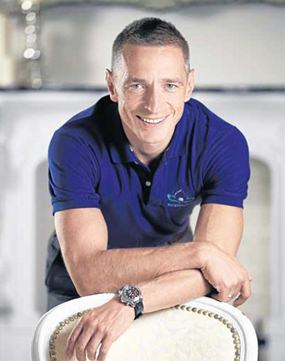 Robert Hauck, President, Thanyapura.
Robert Hauck, President, Thanyapura.
C9 Hotelworks Managing Director Bill Barnett, one of Asia’s most respected pundits on luxury hospitality, suggested: “We can value (design) now with hotels’ branded residences in terms of market interest and sales.
“If you attach a brand to a project in a relatively unknown location, it instantly increases the sales pace and increases the value with a premium of about 30%,” Mr Barnett said. “In all honesty, in these instances, it’s more about the name of the designer regardless of whether the design is good or not.”
Robert Hauck, President of Thanyapura and a long-time former Raffles hotelier, suggested that ‘wow’ design by big names was no longer a sure thing, and said there were other ways to build a hospitality brand.
“We operate a relatively small hotel, but we have managed to gain a lot of exposure and a lot of PR because the concept design of our property allows us to create and sell a story. A well-known design name attached to a property is not a USP anymore without a concept. It is the concept behind our design that is generating results, not the name of the designer.”
Thanyapura operates Asia’s first sports hotel as part of its 23ha active and healthy lifestyle destination on Phuket, which also comprises world-class sporting facilities, along with an integrative health and mind centre.
The Brand Company’s maverick CEO and founder James Stuart, who has been instrumental in creating some of Asia’s new luxury hotel brands including Langham Place, The Upper House and The Opposite House and who recently rebooted the branding for Thanyapura, said he hoped to spearhead a movement towards branding of hotels becoming a more holistic process that extends to architecture, design and human resources.
“If the head of marketing is responsible for the brand, it gives everyone else the chance to be irresponsible for the brand, whereas if the CEO is responsible, then every departmental manager has to adopt responsibility for the brand, particularly the HR department,” Mr Stuart said.
“Very often we hear people talking about ‘feel’ and ‘look’ – it isn’t just about layout but also about the right materials and textures used throughout, so the hotel doesn’t seem disjointed. This comes from ceasing to view a hotel as a place to sleep attached to this restaurant and that restaurant, and starting to take a step back and really asking ‘What is this place?’
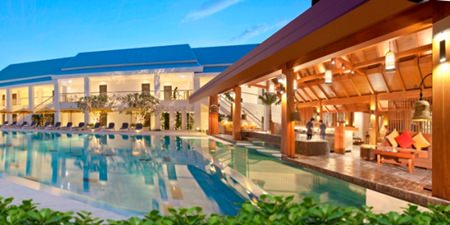 The Thanyapura hotel and sports resort in Phuket.
The Thanyapura hotel and sports resort in Phuket.
“Too often hotels turn their previous successes into brand guidelines. For example, a successful project in Hong Kong will have qualities that draw inspiration from and directly reflect its locale. If you then take the branding of a successful property like this and try to transport that to another location like Phuket, Bali, or even Shanghai, you are going to end up with a property that feels out of place and at odds with its surroundings.”


